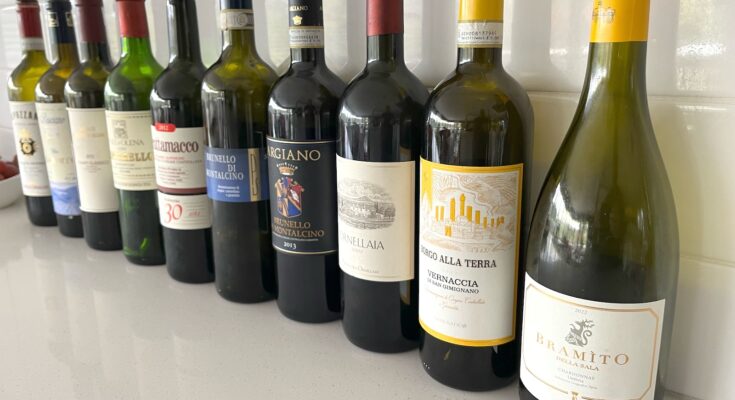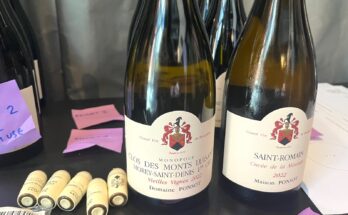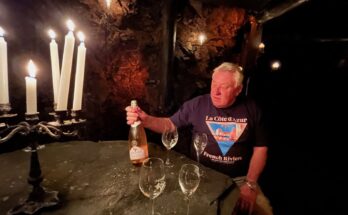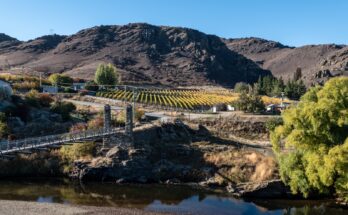Regular readers may know that I recently spent some time in Europe – the website wasn’t updated for several weeks. One of the places I was travelling through was Tuscany. I’m specific about this, as although we were technically ‘in Italy’ I was never more than a two hour from Florence at any point – so, to me, the destination was Tuscany. The intention was to travel slowly. If you research visiting Tuscany online, you could see that the places I stayed in, you could visit in a couple of ‘day tours’ if you were of a mind to whizz through ticking off sights.
I hardly did anything ‘touristy’ – although a funny thing happened when I turned the corner from Via Fumari into the Piazza del Duomo, one morning in Siena. I’d had no intention of joining one of those prodigious queues to go inside the Duomo… but faced with the vista of this remarkable building, I made an on-the-spot decision that not going inside was probably a bit silly. My fortnight in Tuscany was also “not a wine trip”. But, wine did feature – daily. And I did visit a few Cellar Doors.
One of the first towns on my list was Montalcino. Mrs WineFolio had read the excellent book ‘Vanilla Beans and Brodo’ by Isabella Dusi, and persuaded me to have a go at it too – since “it’s about wine”. The story of one Australian lady’s gradual assimilation into the life of a tiny hilltop town made me want to spend at least one night within the walls of Montalcino – which I did. Other highlights were five days in San Gimignano. This world-heritage listed medieval town is usually another day trip to the average tourist, but I have to say that the opportunity to stay in a palazzo in the main Piazza and see the town after dark, and first thing in the morning, was exceptional.
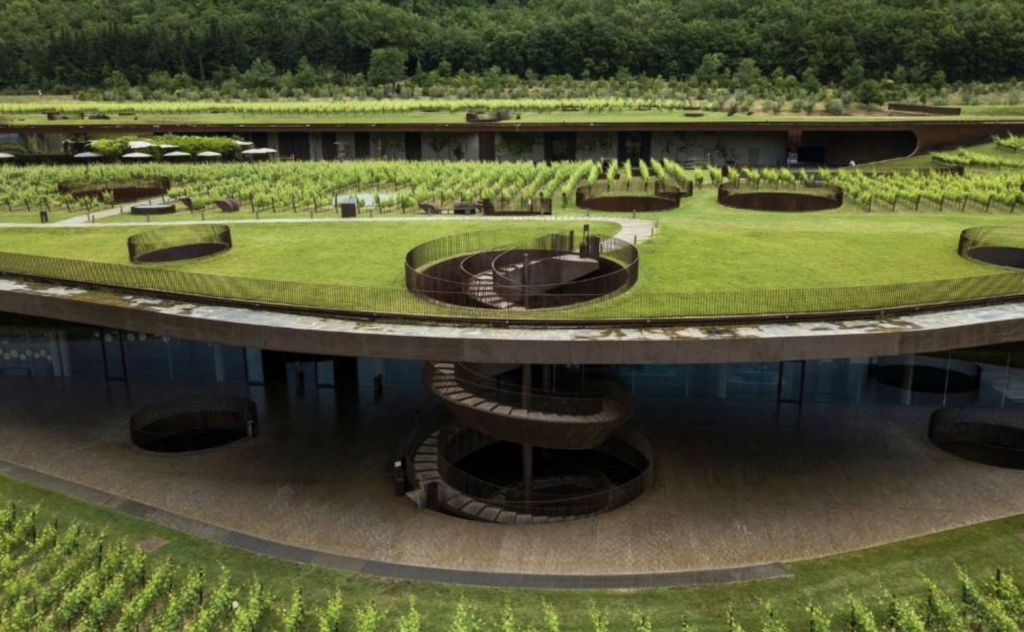
Among the wine spots I did go to were the ‘2022 Vineyard of the Year’ – Antinori nel Chianti Classico (photo above), and lunch at the rooftop restaurant, Rinuccio 1180. A private tour of Canalicchio di Sopra and a chat with Marco Pacenti; a tasting at Ciacci Piccolomini; and Fanetti Tenuta Sant’Agnese in Montepulciano – plus multiple ‘tasting flights’ at enotecas and restaurants.
Once returned to New Zealand, I wanted to have an evening indulging in and recreating the tastes of Tuscany that had been so special every day. This article will focus on the wines of the night, but I can’t go past the food that accompanied them. Charcuterie, foccacia, cheese, pasta, risotto, roast pork with white beans, rocket and crispy potatoes. Antipasto, Primi, Secondi, Contorni flowed into Tiramisu, Olive Oil lemon cake and (a lot of) Limoncello.
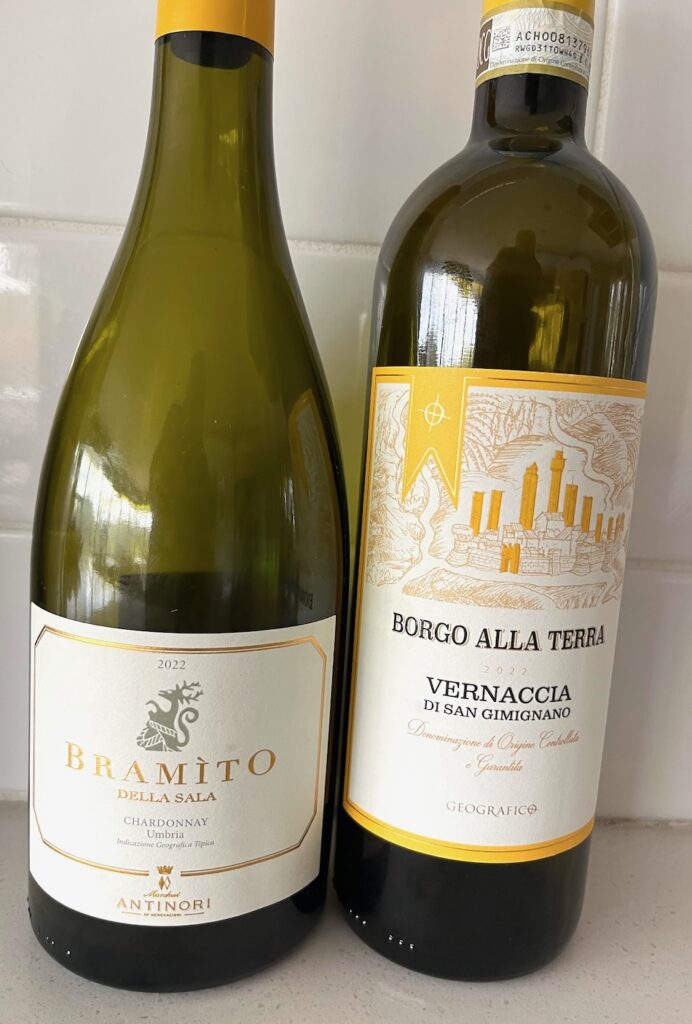
Tuscan white wines aren’t a lot to write about. San Gimignano has a small reputation for the Vernaccia that seems to be particular to that region. I enjoyed the wines when we were there, and tonight a bottle of Geografico Borgo alla Terre Vernaccia 2022 went very well with the antipasto platters. Light-bodied, with floral, citrus, pear, some astringency and a toasted almond note. it is not strictly fitting to the brief of Tuscan wines, but Antinori Bramito della Sala 2022 is one of Italy’s best Chardonnays, and we can forgive the Umbria origin tonight, as it’s good to see some Antinori on the table. Generously flavoured with golden apple, quince, lemon curd and pineapple. Again, there is a lovely green sapidity mid-palate, with nettle, chamomile and a bite of minerality.
Moving to the dinner table, first courses are pasta shells stuffed with ricotta, pesto and spinach and baked in a simple passata sauce; a dairy-free risotto of mushroom and white truffle and rocket salad. I open the Chianti reds to ease us into the evening. Frescobaldi Nippozanna Chianti Rufina Riserva is perhaps one of the most-recognised and therefore easiest wines to find in NZ from the northern Chianti sub-region. This 2020 came straight off the shelf of a local retailer. A few others ventured out from people’s cellars… Fattoria dei Basciano Il Corto 2005 is a single-vineyard wine made from 90% Sangiovese and 10% Cabernet Sauvignon. Again, not a hard wine to track down locally, but good to see an older bottle. La Vigna di San Martino ad Argiano Chianti Classico 2012 is pure Sangiovese. All three are drinking very well. The oldest wine with just a hint of age to it. The 2012 in prime drinking window, and the brand new 2020 just a lovely, fresh, cherry-soaked, boldly tannic red that went so well with the hefty carb-laden first courses.
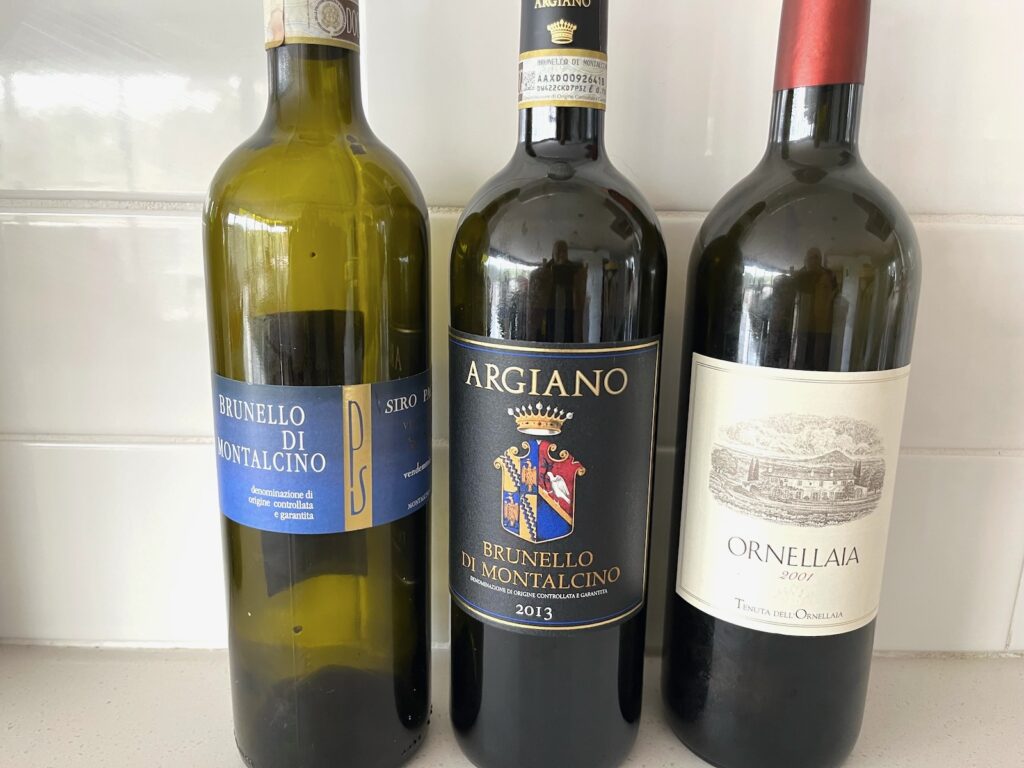
Main course is a pure re-creation of a dish I enjoyed on a back street in Florence, sitting at an outside table drinking Chianti. Baked pork fillet with pepper and rosemary, white beans with lashings of olive oil and garlic, and crisp roast potatoes. Two wines from Montalcino feature next – Argiano Brunello di Montalcino 2013 and Siro Pacenti Vecchie Vigne Brunello di Montalcino 2010. In the couple of days I was in Montalcino I tried a couple of excellent tasting flights of Brunello, which just re-confirmed my love of this wine, made from the Sangiovese Grosso clone that is specific to the region. The Pacenti wine has a nod towards modernity as it is matured in french oak barrique, not the large-format slovenian oak that is traditional to Brunello producers. It is noticeable, and a good segue into the next set of wines – the new wave of wines that use non-native/traditional varietals such as Merlot and Cabernet.
Many of these wines are simply labelled IGT – Indicazione Geografica Tipica. Created after the inception of the DOC and DOCG, IGT was established for winemakers who fell outside of the requirements of DOC and DOCG, but were still making notable wines by way of consistency and quality. Isole e Olena Cepparello 1999 comes from an iconic Chianti producer, and is actually 100% Sangiovese, but labelled IGT. It is their iconic wine, and also shows a fair bit of new oak, framing tart cherry and cassis flavours. Moving towards the western coastline of Tuscany, Bolgheri is a region famed for ‘Super Tuscan’ wines of often eye-watering prices.
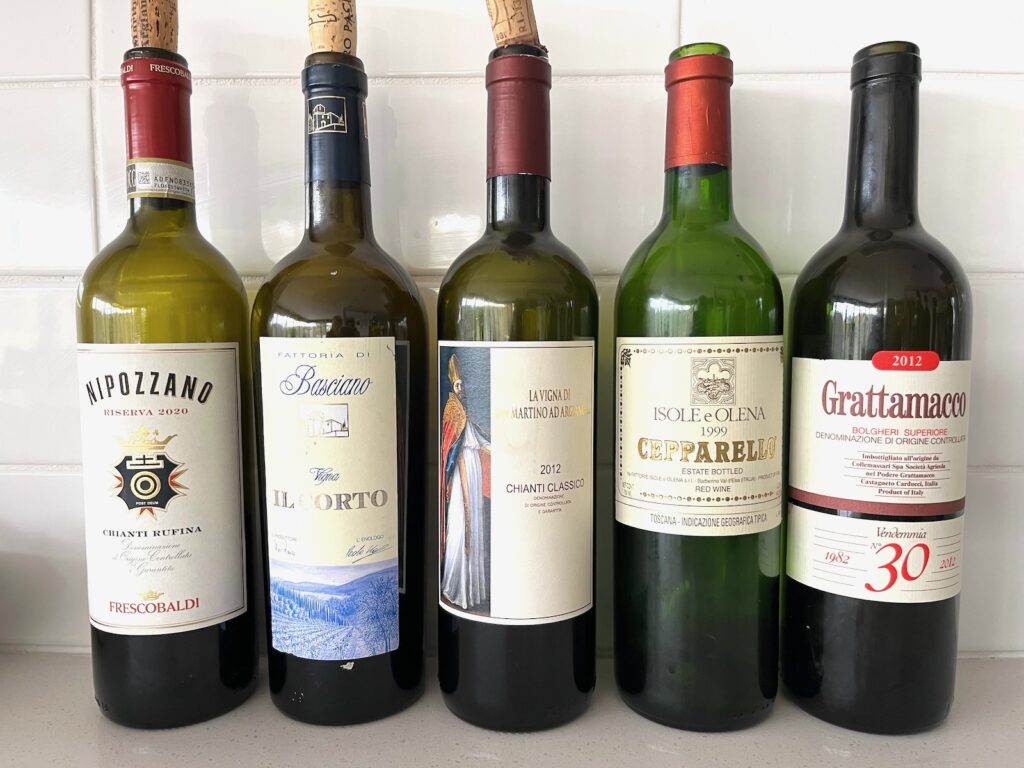
Grattamacco Bolgheri Superiore 2012 and Tenuta dell’Ornellaia Bolgheri Superiore 2001 are both top wines from this region, showing the blending of french varieties with italian ones, and a similar blending of winemaking techniques. Grattamacco typically has two-thirds Cabernet and the rest split between Merlot and Sangiovese. A floral entry with lots of ripe dark berry fruit, liquorice and a slatey minerality through the palate. Heroic tannin makes a mark.
Ornellaia has an interesting short history – having been founded by a member of the Antinori family – at a time when other family relations were planting vines and making wines such as Sassicaia and Solaia, which went on to become international hits and make the name of Super-Tuscans. Ornellaia was also owned at one time by Mondavi, and is now in the ownership of Frescobaldi. The 2001 wine has 65% Cabernet Sauvignon, 30% Merlot and 5% Cabernet Franc in the blend. Very smooth, with supple tannin and exquisitely balanced.
Tuscany! I’ll be back.

